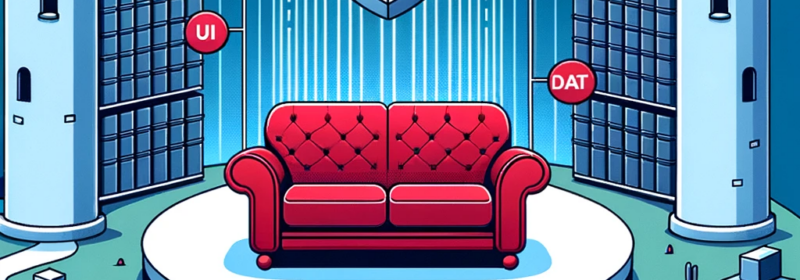Tag: Couchbase Security

Getting Ready for SAML: Essential Preparations for Couchbase Server Integration
In the evolving landscape of digital security, the integration of Couchbase with a Security Assertion Markup Language (SAML) Identity Provider (IdP) stands as a cornerstone for robust authentication mechanisms. Why Should You Implement SSO with Couchbase Server? Single Sign-On (SSO)...

Securing Communication with TLS Certificates: A Definitive Guide for Couchbase Server (Part 1 of 3)
Transport Layer Security (TLS) certificates are vital components in securing network communications with a Couchbase Server deployment. TLS ensures the confidentiality, integrity, and authenticity of data transmitted between clients and servers. This comprehensive guide aims to demystify the configuration and...

Couchbase Server 7.0.2 Enforce TLS, HSTS & Enforce IP Address Family
In this blog post, I will introduce three new features in Couchbase Server 7.0.2 (“Server”) to help administrators deploy Couchbase Server in a secure manner: Enforce TLS, HSTS, and Enforce IP Address Family. When deploying a Couchbase Server cluster, a...

Alternate Address & Port Support for Couchbase/N1QL Clusters
In order to connect to Couchbase deployments on cloud (AWS, Azure or GCP) or Kubernetes, we support multi-addresses in the form of alternate addresses. External applications use this facility to communicate with the cluster, but not directly to the nodes....

Deep Dive on Multi-Factor Authentication
In this article I will explain what multi-factor authentication is, why you should be using it and how to easily implement it with Couchbase Server. We’ll look at using both software and hardware implementations, which offer a tradeoff between cost,...

TLS 1.3 encryption arrives to Couchbase Server 7.0
The Couchbase Server 7.0 Beta is now available with some additional enhancements to strengthen the security of the platform. Couchbase uses TLS encryption across our portfolio to ensure communication across the network is secure, meaning that outside parties cannot eavesdrop...

Couchbase Server 5.5 Released
Announcing Couchbase Server 5.5 Couchbase Server 5.5 production release is now available! We are very excited to share more information about this substantial extension of the Couchbase Data Platform. This release introduces several new Enterprise Grade features relating to agility,...

Couchbase Server 5.5: Log Redaction
With security already a hot topic in the data space, the Couchbase Server 5.5 release introduces a new feature – “Log Redaction”. Logs are an important part of every platform. Logs are used for multiple purposes ranging from security, to monitoring,...

Speculative Execution Processor Vulnerabilities – Performance Impact Analysis
Last week, we published a blog with recommendation on securing Couchbase data platform in response to industry-wide security vulnerabilities. We continued to analyze the potential performance impact caused by the patched OS binaries and this blog post captures the detailed evaluation. As...

Using Role-Based Access Control in N1QL
In Couchbase 4.5, data was secured bucket by bucket. Each bucket had a password, and in order to access a bucket through a N1QL query, the user had to include the bucket password with the query. Passwordless buckets were possible,...